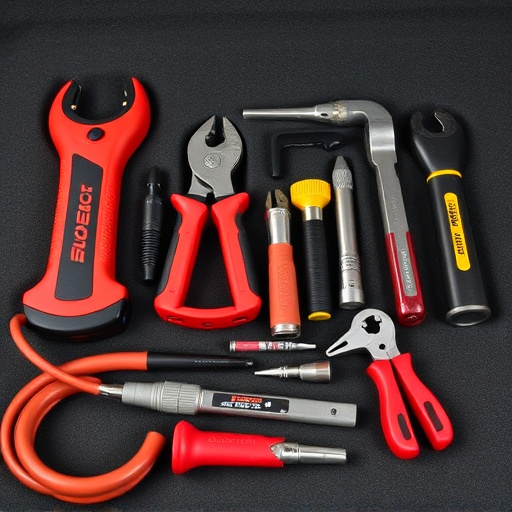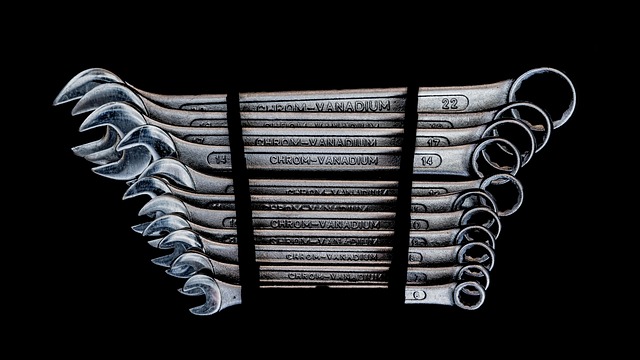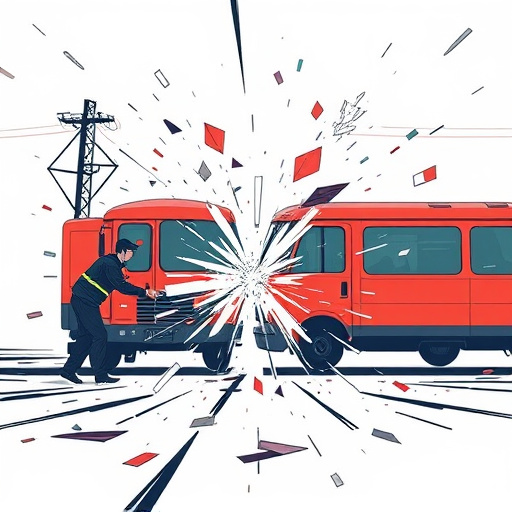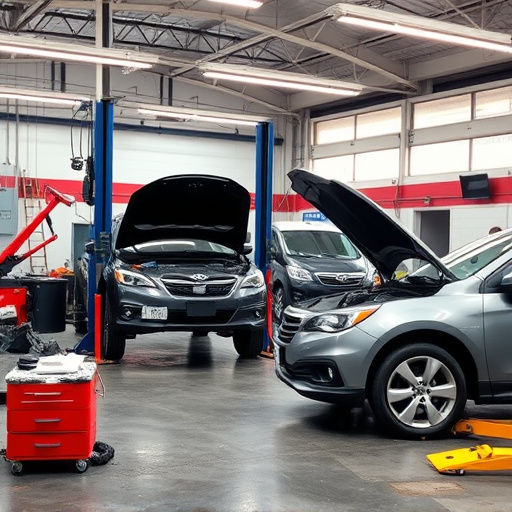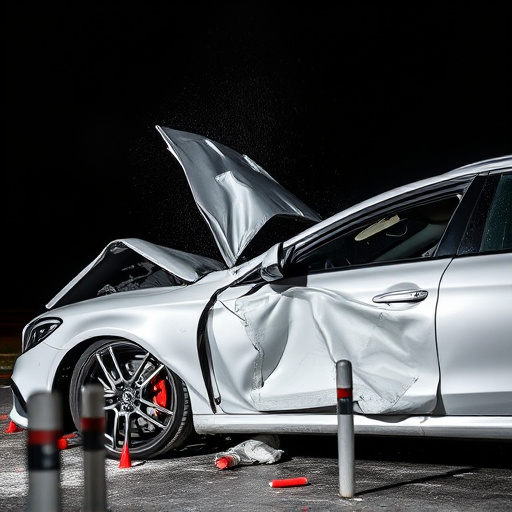Collision center warranty policies protect customers and centers by outlining covered repairs, labor costs, and part replacements. Key aspects include coverage limits, exclusions (e.g., pre-existing conditions, specialized services), deductibles, and warranty durations. Understanding these policies through fine print review ensures informed selection tailored to individual needs and budgets while smoothly navigating claim processes for timely vehicle repairs.
Understanding the fine print of collision center warranty policies is essential for anyone looking to protect their vehicle investment. This comprehensive guide breaks down the key components, coverage limits, and exclusions typically found in these warranties. We’ll also demystify deductibles and the claim process, ensuring you’re armed with knowledge when it comes to choosing the right protection for your vehicle. By understanding what a collision center warranty covers, you can make informed decisions and rest easy knowing your car is shielded against unexpected repairs.
- Key Components of Collision Center Warranty Policies
- Coverage Limits and Exclusions to Know
- Understanding Deductibles and Claim Process
Key Components of Collision Center Warranty Policies

Collision center warranty policies are designed to protect both customers and collision centers by outlining what repairs and services are covered in case of any discrepancies or issues arising from the initial repair process. These policies typically include several key components that serve as a roadmap for resolving disputes and ensuring customer satisfaction.
One of the primary aspects is the definition of what constitutes a covered repair, which may include services like fender repair, frame straightening, and other body shop services. The policy should clearly state the conditions under which these services are provided, such as the duration of the warranty period and any exclusions or limitations. Additionally, collision center warranty policies often cover labor costs associated with specific repairs, providing a transparent framework for billing and dispute resolution. They may also include provisions for replacement parts, ensuring that customers receive high-quality materials and that the collision center stands by its work.
Coverage Limits and Exclusions to Know
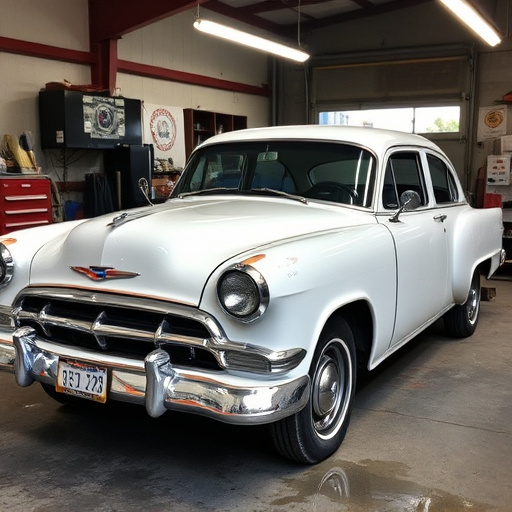
When exploring a collision center warranty policy, understanding coverage limits and exclusions is paramount to ensuring you’re protected adequately. These policies vary across providers and auto collision centers, but common limitations include parts and labor costs, deductibles, and specific types of damage not covered. For instance, while many warranties extend to paintless dent repair services, they might exclude extensive body work or frame damage.
Car collision repair warranties usually don’t cover pre-existing conditions or normal wear and tear. They also may not include certain specialized services or parts that aren’t commonly used in auto collision centers. It’s crucial to read the fine print to grasp what is considered an exclusion, such as cosmetic enhancements, rental car coverage, or limitations on the duration of warranty protection after a claim is made. Being aware of these limits helps you choose a policy that aligns with your needs and budget.
Understanding Deductibles and Claim Process
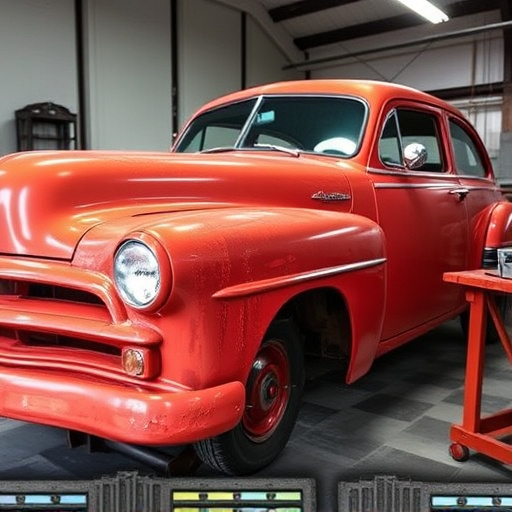
When it comes to collision center warranty policies, understanding deductibles and the claim process is crucial. Deductibles are the out-of-pocket expenses customers must cover before insurance or the warranty kicks in. These can vary widely depending on the policy and the nature of the damage, such as a simple dent repair or more complex collision repair center services. Familiarizing yourself with these deductibles is essential to knowing what you’ll be responsible for during the repair process.
The claim process typically involves several steps: reporting the incident, assessing the damage, filing a claim, and receiving authorization for repairs. Customers should remember that different policies may have unique procedures, so it’s vital to review the specific terms of their collision center warranty. Efficiently navigating this process ensures timely vehicle dent repair or more extensive collision repairs without unexpected financial burdens.
When navigating collision center warranty policies, understanding the key components, coverage limits, deductibles, and claim processes is essential for informed decisions. By familiarizing yourself with these aspects, you can ensure that your vehicle repairs are covered effectively, providing peace of mind during an otherwise stressful situation. A thorough grasp of these policies empowers you to choose the right collision center and select the warranty that best suits your needs, ultimately saving you time and money.

